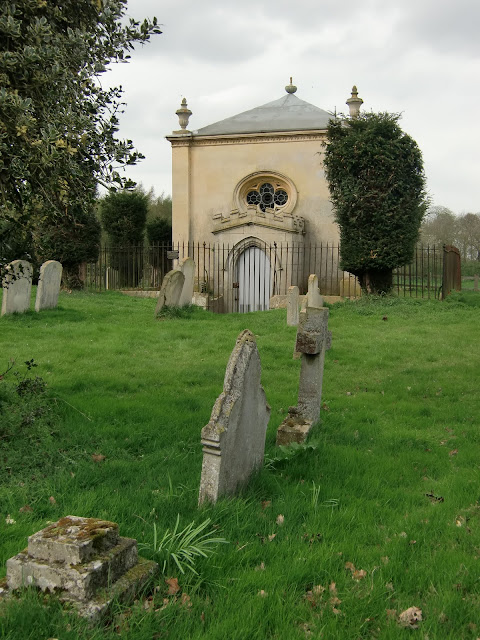My Dad has been staying with us for a couple of weeks and the weather has been wonderful ~ a national obsession here in England.
He suggested we should spend an afternoon discovering the local village churchyard of All Saints, in Great Chesterford as I had not visited it before ~ he sure knows how to keep me entertained !
Great Chesterford has been inhabited for centuries, with archaeological finds from the Bronze Age and in the 1st century AD, a Roman - British settlement became an important site here.
In Medieval times, Chesterford is first mentioned in a document in 1004, and again in 1086 in the Domesday Book. In 1459 the Rector Thomas Hyll endowed a charity for the benefit of needy parishioners, that exists to this day.
This row of headstones belong to the 'Boons' of Great Chesterford, each stone displays the Cross and Crown symbol, which shows the Sovereignty of Christ. The two trumpets, symbolise the call to Judgement and the two torches, represent the continued existence of the soul in the next realm. The two olive branches on either side depict eternal peace.
These two rows of headstones, belong to the 'Greens' of Great Chesterford. Unfortunately the individual names and dates on these stones and on those of the Boons, are so badly worn, that they are now almost entirely illegible.
As we left the churchyard we passed the village school, where the children were practising Maypole dancing for the forth coming May Day celebrations. An indication that traditonal village life still goes on, as it always has done.
Click on the bold type above for more information













































